Benedetto Basile - Chemica Sonora Symbolica (2020)
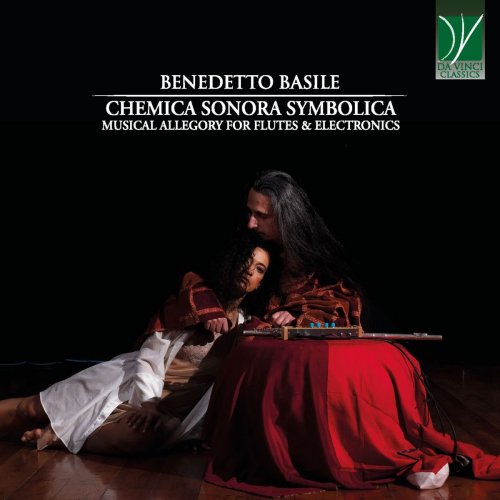
Artist: Benedetto Basile
Title: Chemica Sonora Symbolica
Year Of Release: 2020
Label: Da Vinci Classics
Genre: Classical
Quality: FLAC (tracks)
Total Time: 54:17 min
Total Size: 193 MB
WebSite: Album Preview
Title: Chemica Sonora Symbolica
Year Of Release: 2020
Label: Da Vinci Classics
Genre: Classical
Quality: FLAC (tracks)
Total Time: 54:17 min
Total Size: 193 MB
WebSite: Album Preview
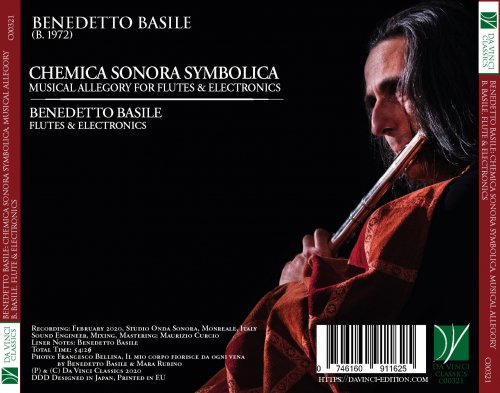
Tracklist:
01. Obscurum per obscurius, ignotum per ignotius
02. A Chao, quod est rudis inordinataequae materiae confusa congeries
03. Congregantur aquae in unum / Opus nostrum ex maris fit generatione
04. Natura abscondita / Ex profundo clamat
05. Aqua nostra est ignis / Este nempe in aqua nostra perquisitus ignis / Ego gigno lumen, tenebrae autem naturae meae sunt
06. Forma ignea verae aquae
07. Unum est lapis, una medicina, unum vas, unum regimen, unaque dispositio / Imago lapidis
08. Dialogus inter naturam et filium philosophie
09. Parabula secunda de diluvio aquarum
10. Peregrinatio
11. Costantia in adversis / Operatio I / Afflictio animae / Operatio II
12. Trasmutemini de lapidus mortuis in vivos lapides philosophicos
13. Et sanabitur anima mea
14. Recipe allumen de Hispana, gummi album et gummi rubeum, quod est kibric philosophorum, et matrimonifica gummi cum gummi, vero matr
15. Operatio III / Mysterium magnum / Meditatio
16. Cauda pavonis
17. Et sic philosophus non est magister lapidis sed potius minister
18. De elemento aeris, extra leve et invisibile, intus grave et visibile
19. Senior dicit
20. Opus circulatorium
21. Fructus arboris immortalis
22. Venerunt mihi omnia bona pariter cum illa sapientia austri / Et scio quod verum est testimonium eius
Alchemy, an arcane and obscure practice, frequently reduced by today’s rationalistic thought to a pseudo-chemical stuttering, found, in the past century, and thanks to the intuitions and research by Carl Gustav Jung, a new meaning and significance in a symbolic and psychoanalytical key. The lapis, the stone capable of transmuting vile metals into gold, as well as the elixir of life, became as many expressions of a psychological and spiritual realization, symbols for a transformation which, willy-nilly, regards all human beings.
In this view, the alchemist’s gold should not be mistaken for the aurum vulgi, the material gold craved for by the people (thus many alchemists’ works affirm); rather, it is the realization of that coniunctio oppositorum which is nothing else than the overcoming of dualism, i.e. of the source of every contrast and suffering. This duality is realized, in the psychological domain, by the contrast between conscious and unconscious, rationality and instinct, expressions of the Self and social rules.
Christian (and sometimes heretical) mysticism, similar to the Eastern one, is full of references to the non-dual nature of the true being: to the point that it identifies the single human being with God intended as the One. Jung gave a new name and a new definition to this compulsion which is found in every individual of every culture and every time, by naming it individuation. He thus revealed the presence of thousand-years-old psychical motifs in the symbols and proceedings of alchemy. In this perspective, alchemy revealed itself to be a “project of redemption of nature, aiming at bringing to light the divine side which is asleep in the darkness of things, of the body, of the instincts” (from the back cover of Psicologia e alchimia, Turin: Boringhieri, 1981).
It may seem odd, but it was not I who went in search of alchemy, but rather alchemy which found me. In reality, its symbols are present in the night visions of every human beings, and for this reason, aware or unaware, everyone practises it daily. By this I mean that our subconscious employs the symbols we find in alchemy in order to communicate with each one of us. Going back to my personal experience, in my diurnal conscience alchemy presented itself to me under various forms, defined by some synchronic events (Jung again, also in this case), commonly defined as coincidences, of whose importance one is frequently unaware. One of these led me to encounter dancer and choreographer Mara Rubino. For her I wrote a substantial portion of the music for one of her performances, which was rich in archetypal images. With her I elaborated the performance of dance and music Il mio corpo fiorisce da ogni vena, freely inspired by Jung’s Red Book. Later, I excerpted from that stage music a substantial part of the material needed for the elaboration of the electroacoustic base (magnetic tape) for the work recorded in this CD. It took, in fact, the form of a composition for flute, flute in G, bass flute, piccolo (one player) and magnetic tape.
One of the most peculiar expressions of the obscurity of alchemic language is revealed in the paradox of coincidentia oppositorum, the coincidence of the opposites, according to which, for example, the water of the philosophers (thus the alchemists defined themselves, since they were in search of wisdom) is fire, and air is externally invisible and light but at the same time internally visible and heavy. The union of opposites, as said, is also the goal to which the alchemist aims. This coniunctio (which is realized in the alchemic process through the wedding of King and Queen, Sun and Moon, i.e. through the union between the male and the female principles, and, in a psychoanalytical key, through the union or accord of conscious and unconscious), is expressed here in a musical form through the relationship between musical writing and improvisation.
Improvisation embodies the spontaneous creative flow coming from the unconscious; writing is the result of a rational compositional process, and therefore it can only be the expression of conscience. The former is the generative element behind the electroacoustic track, with which the performer confronts him- or herself. In fact, it had been realized by re-elaborating and superimposing four electronically-treated improvisations to each other (four is the magical alchemic number, expressing the All declined in the multiplicity of contingency; at the same time, it recalls Jung’s four psychical functions), and one non-treated improvisation, realized with acoustic instruments (the flutes) and electronics (a processor of effects and an analogical synthesizer). The use of acoustic and electronic sounds underlays another coniunctio oppositorum realized in the above-mentioned audio tracks through the relationship between One and Four (“Unum et est duo, et duo et sunt tria, et tria et sunt quatuor, et quatuor et sunt tria, et tria et sunt duo, et duo et sunt unum”, in the words of Maria Prophetissa). The four tracks, realized with four flutes of different sizes (yet another expression of this symbology), include an electronically-modified acoustic timbre. These, then, present an electroacoustic timbral unity declined in the Quatuor.
The non-treated improvisation, contrariwise, implies a duality of timbres (acoustic and electronic), expressed in the unity of the single track. Once fixed on tape, the improvisations acquire the characteristic of immutability usually pertaining to the material expressed on the musical score: thus, yet another form of the coniunctio oppositorum mentioned above is realized. On the other hand, the score is conceived as a flow of sound of an improvisational kind, since it does not include bar lines, and the musical material expressed through notation is frequently inserted within a temporal arch allowing the interpreter to expand or contract the duration of the sounds and/or phrases, albeit within certain limits. Moreover, in some sections the performer improvises, even though also in this case well-defined criteria must be respected. Thus, the score becomes in turn a realization of the coniunctio oppositorum between improvisation and rational composition. Musical score and tape thus integrate the musical elements connected to the rational and unconscious processes through diametrically opposed modes and forms. The former fixes through signs the rational compositional process, but allows the interpreters to access improvisational processes bound to the moment and to the unconscious; the latter takes life from unconscious magmatic flows later treated by the rational process and frozen in the form of an audio track, which can be reproduced and listened to always in the same fashion (though with the limits of the possibilities of mechanical reproduction and of the listener’s psychological disposition).
The thirty-three subsections of the score should not be intended as the musical expression of the various steps of the alchemic process; rather, as aural suggestions produced by the alchemists’ symbols and by their arcane sentences. In any case, narrative proceeds from darkness to light as prescribed by the alchemic process, actualized in its classical form in the four stages of Nigredo, Albedo, Citrinitas, Rubedo. This progression is highlighted by the first and the last note performed by the interpreter. These are two Gs (sol), a word which is intended as being reminiscent of the two forms of the alchemic Sol (Sun), i.e. the niger and the luminous one – it is therefore not by chance that they are performed by the bass flute (the first) and the piccolo (the last).
The progression from darkness to light is also expressed by a recurring thematic idea, initially stated by the bass flute in an extremely dilated form (which is therefore as unrecognizable as matter when it is in the state of Chaos), and later re-proposed on various occasions in a clear form. Later, in the Opus circulatorium, it assumes features which are the opposites of those of its first statement, through the quick and obsessive repetition of its original and of its retrograde form (to which short semi-improvised phrases are interpolated).
The audio tape, moreover, assumes the function of a glue so that the flow of sound is not interrupted, and the juxtaposed sections are bound to each other.
As regards “Mysterium Magnum / Meditatio”, which is an extended, twenty-second long pause, it should not be intended (as in Cage) as inviting the listener to hear the sounds which are highlighted by the musicians’ silences – following the idea that silence is inexistent –; but rather as the only possible (non) explicitation of a Mystery which is inexpressible in words, sounds and gestures. It can only be experienced, as a moment of deep meditation, by delving into one’s depths where something living and autonomous is always present and active. It is, in a certain sense, a psychological and spiritual listening rather than a musical one; here Mysterium and Meditatio are, indeed, coincident with each other. Another note of a fundamental importance. The process expressed in these notes is not the result of a primarily rational will, but rather the result of an empirical making, similar to the alchemic procedure; it spontaneously flowed from the unconscious through a series of intuitions which eventually took a form which reason can recognize but which is not determined by it.
Liner Notes Benedetto Basile
In this view, the alchemist’s gold should not be mistaken for the aurum vulgi, the material gold craved for by the people (thus many alchemists’ works affirm); rather, it is the realization of that coniunctio oppositorum which is nothing else than the overcoming of dualism, i.e. of the source of every contrast and suffering. This duality is realized, in the psychological domain, by the contrast between conscious and unconscious, rationality and instinct, expressions of the Self and social rules.
Christian (and sometimes heretical) mysticism, similar to the Eastern one, is full of references to the non-dual nature of the true being: to the point that it identifies the single human being with God intended as the One. Jung gave a new name and a new definition to this compulsion which is found in every individual of every culture and every time, by naming it individuation. He thus revealed the presence of thousand-years-old psychical motifs in the symbols and proceedings of alchemy. In this perspective, alchemy revealed itself to be a “project of redemption of nature, aiming at bringing to light the divine side which is asleep in the darkness of things, of the body, of the instincts” (from the back cover of Psicologia e alchimia, Turin: Boringhieri, 1981).
It may seem odd, but it was not I who went in search of alchemy, but rather alchemy which found me. In reality, its symbols are present in the night visions of every human beings, and for this reason, aware or unaware, everyone practises it daily. By this I mean that our subconscious employs the symbols we find in alchemy in order to communicate with each one of us. Going back to my personal experience, in my diurnal conscience alchemy presented itself to me under various forms, defined by some synchronic events (Jung again, also in this case), commonly defined as coincidences, of whose importance one is frequently unaware. One of these led me to encounter dancer and choreographer Mara Rubino. For her I wrote a substantial portion of the music for one of her performances, which was rich in archetypal images. With her I elaborated the performance of dance and music Il mio corpo fiorisce da ogni vena, freely inspired by Jung’s Red Book. Later, I excerpted from that stage music a substantial part of the material needed for the elaboration of the electroacoustic base (magnetic tape) for the work recorded in this CD. It took, in fact, the form of a composition for flute, flute in G, bass flute, piccolo (one player) and magnetic tape.
One of the most peculiar expressions of the obscurity of alchemic language is revealed in the paradox of coincidentia oppositorum, the coincidence of the opposites, according to which, for example, the water of the philosophers (thus the alchemists defined themselves, since they were in search of wisdom) is fire, and air is externally invisible and light but at the same time internally visible and heavy. The union of opposites, as said, is also the goal to which the alchemist aims. This coniunctio (which is realized in the alchemic process through the wedding of King and Queen, Sun and Moon, i.e. through the union between the male and the female principles, and, in a psychoanalytical key, through the union or accord of conscious and unconscious), is expressed here in a musical form through the relationship between musical writing and improvisation.
Improvisation embodies the spontaneous creative flow coming from the unconscious; writing is the result of a rational compositional process, and therefore it can only be the expression of conscience. The former is the generative element behind the electroacoustic track, with which the performer confronts him- or herself. In fact, it had been realized by re-elaborating and superimposing four electronically-treated improvisations to each other (four is the magical alchemic number, expressing the All declined in the multiplicity of contingency; at the same time, it recalls Jung’s four psychical functions), and one non-treated improvisation, realized with acoustic instruments (the flutes) and electronics (a processor of effects and an analogical synthesizer). The use of acoustic and electronic sounds underlays another coniunctio oppositorum realized in the above-mentioned audio tracks through the relationship between One and Four (“Unum et est duo, et duo et sunt tria, et tria et sunt quatuor, et quatuor et sunt tria, et tria et sunt duo, et duo et sunt unum”, in the words of Maria Prophetissa). The four tracks, realized with four flutes of different sizes (yet another expression of this symbology), include an electronically-modified acoustic timbre. These, then, present an electroacoustic timbral unity declined in the Quatuor.
The non-treated improvisation, contrariwise, implies a duality of timbres (acoustic and electronic), expressed in the unity of the single track. Once fixed on tape, the improvisations acquire the characteristic of immutability usually pertaining to the material expressed on the musical score: thus, yet another form of the coniunctio oppositorum mentioned above is realized. On the other hand, the score is conceived as a flow of sound of an improvisational kind, since it does not include bar lines, and the musical material expressed through notation is frequently inserted within a temporal arch allowing the interpreter to expand or contract the duration of the sounds and/or phrases, albeit within certain limits. Moreover, in some sections the performer improvises, even though also in this case well-defined criteria must be respected. Thus, the score becomes in turn a realization of the coniunctio oppositorum between improvisation and rational composition. Musical score and tape thus integrate the musical elements connected to the rational and unconscious processes through diametrically opposed modes and forms. The former fixes through signs the rational compositional process, but allows the interpreters to access improvisational processes bound to the moment and to the unconscious; the latter takes life from unconscious magmatic flows later treated by the rational process and frozen in the form of an audio track, which can be reproduced and listened to always in the same fashion (though with the limits of the possibilities of mechanical reproduction and of the listener’s psychological disposition).
The thirty-three subsections of the score should not be intended as the musical expression of the various steps of the alchemic process; rather, as aural suggestions produced by the alchemists’ symbols and by their arcane sentences. In any case, narrative proceeds from darkness to light as prescribed by the alchemic process, actualized in its classical form in the four stages of Nigredo, Albedo, Citrinitas, Rubedo. This progression is highlighted by the first and the last note performed by the interpreter. These are two Gs (sol), a word which is intended as being reminiscent of the two forms of the alchemic Sol (Sun), i.e. the niger and the luminous one – it is therefore not by chance that they are performed by the bass flute (the first) and the piccolo (the last).
The progression from darkness to light is also expressed by a recurring thematic idea, initially stated by the bass flute in an extremely dilated form (which is therefore as unrecognizable as matter when it is in the state of Chaos), and later re-proposed on various occasions in a clear form. Later, in the Opus circulatorium, it assumes features which are the opposites of those of its first statement, through the quick and obsessive repetition of its original and of its retrograde form (to which short semi-improvised phrases are interpolated).
The audio tape, moreover, assumes the function of a glue so that the flow of sound is not interrupted, and the juxtaposed sections are bound to each other.
As regards “Mysterium Magnum / Meditatio”, which is an extended, twenty-second long pause, it should not be intended (as in Cage) as inviting the listener to hear the sounds which are highlighted by the musicians’ silences – following the idea that silence is inexistent –; but rather as the only possible (non) explicitation of a Mystery which is inexpressible in words, sounds and gestures. It can only be experienced, as a moment of deep meditation, by delving into one’s depths where something living and autonomous is always present and active. It is, in a certain sense, a psychological and spiritual listening rather than a musical one; here Mysterium and Meditatio are, indeed, coincident with each other. Another note of a fundamental importance. The process expressed in these notes is not the result of a primarily rational will, but rather the result of an empirical making, similar to the alchemic procedure; it spontaneously flowed from the unconscious through a series of intuitions which eventually took a form which reason can recognize but which is not determined by it.
Liner Notes Benedetto Basile
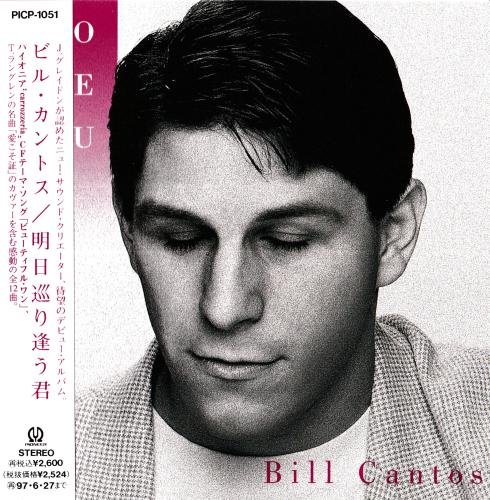
![Frank Sinatra, Count Basie - It Might As Well Be Swing (1964) [2021 SACD] Frank Sinatra, Count Basie - It Might As Well Be Swing (1964) [2021 SACD]](https://www.dibpic.com/uploads/posts/2025-12/1766090910_scan-1.jpeg)
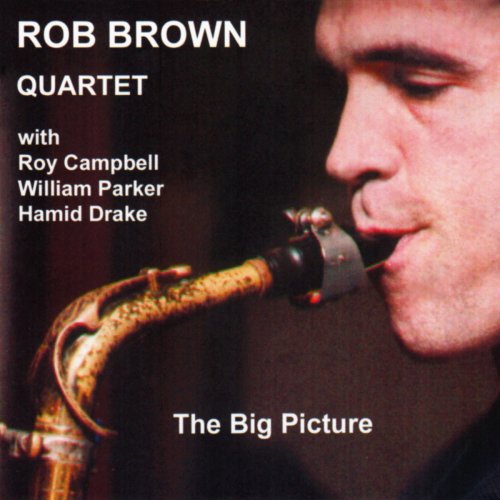
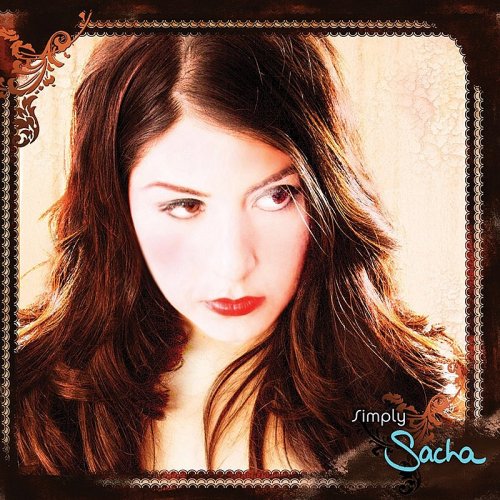
![Nipper Swing Band - Swing Christmas (The Definitive Holiday Hits) (2025) [Hi-Res] Nipper Swing Band - Swing Christmas (The Definitive Holiday Hits) (2025) [Hi-Res]](https://www.dibpic.com/uploads/posts/2025-12/1766293487_orppuisls66jc_600.jpg)
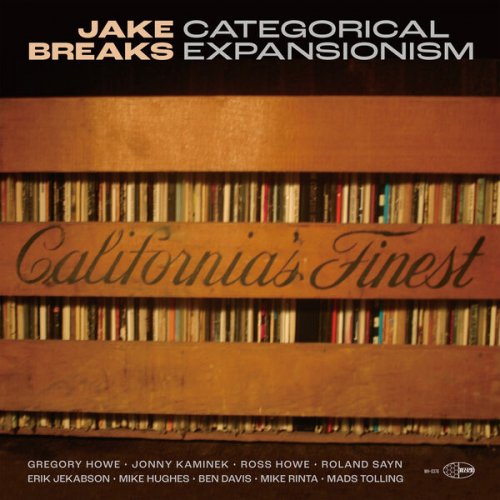
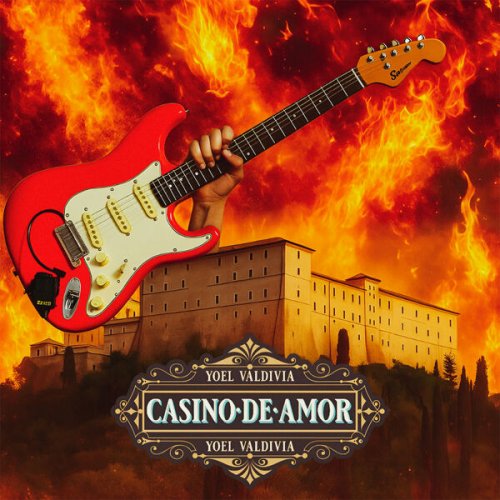
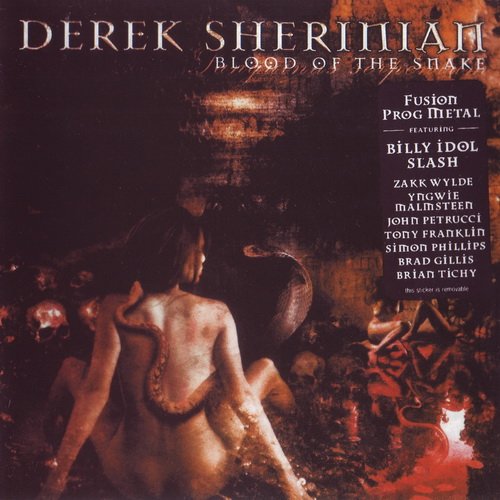
![Bryan Ferry - Bitter-Sweet (2018) [Hi-Res] Bryan Ferry - Bitter-Sweet (2018) [Hi-Res]](https://www.dibpic.com/uploads/posts/2018-11/1543491501_folder.jpg)